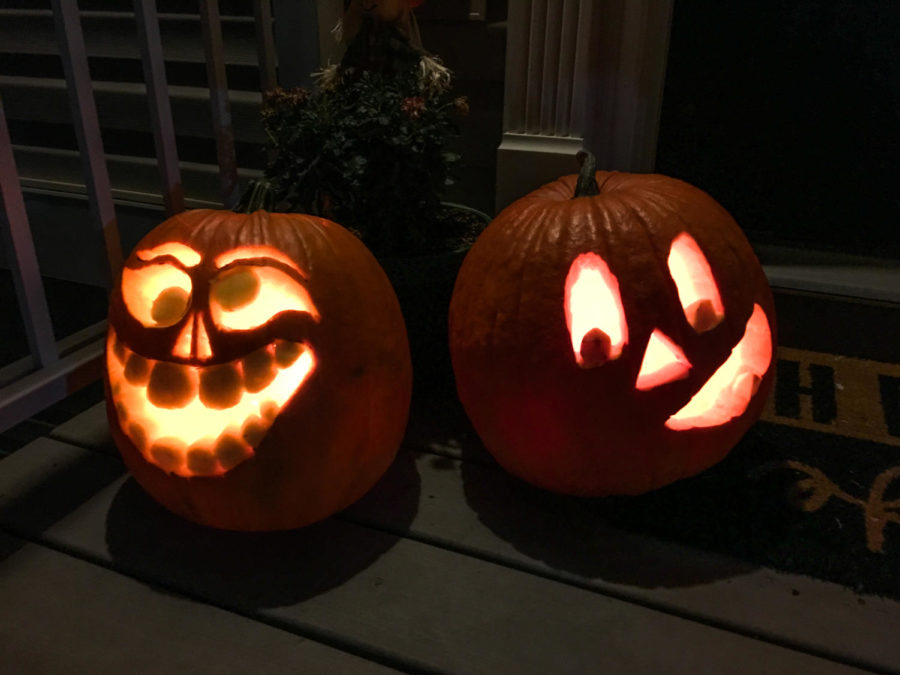Hubble may unlock galaxies
January 22, 1999
With images from the Hubble Space Telescope, Iowa State researchers may be able to provide answers as to how galaxies came into their present shape.
Through a year and a half of research, a team of ISU astronomers has concluded that galaxy collisions have occurred more frequently than scientists previously thought. According to their findings, these collisions apparently have helped shape the properties of the current universe.
Russell Lavery, assistant professor of astronomy and leader of the research team, said though the researchers have theories on how the universe began, they were unsure how the galaxies formed.
In an effort to understand the process of the formation of galaxies, Lavery and graduate students Michael Reed and Anthony Remijan, who is now studying at the University of Illinois, examined random images from the Hubble Space Telescope.
Initially, the team’s findings were met with questions.
“At first people were skeptical of [this idea], but more and more people are starting to agree,” Lavery said. “People have tried to approach this question before through different techniques, but I think this is a pretty strong answer,” he said.
Lavery looked for ring galaxies, a specific type of galaxy that is the product of galactic collisions. They occur when a small galaxy passes almost directly through the center of a spiral galaxy. The result is a distinctive ring-like structure of intense star formation at its outer edges.
“We looked at about 100 Hubble images, and we expected to find maybe one such galaxy among them,” Lavery said in the press release. “Instead, we’ve identified 20 ring galaxies.”
He said this implies that many of the objects we see around us now have been shaped by interactions between galaxies.
Lavery presented the team’s findings Jan. 6 at the annual meeting of the American Astronomical Society in Austin, Texas.
Lavery said the project will continue, and he plans to analyze more than 500 images to provide a more representative survey of the sky.






